August 7, 2025 | 13:46 GMT +7
August 7, 2025 | 13:46 GMT +7
Hotline: 0913.378.918
August 7, 2025 | 13:46 GMT +7
Hotline: 0913.378.918
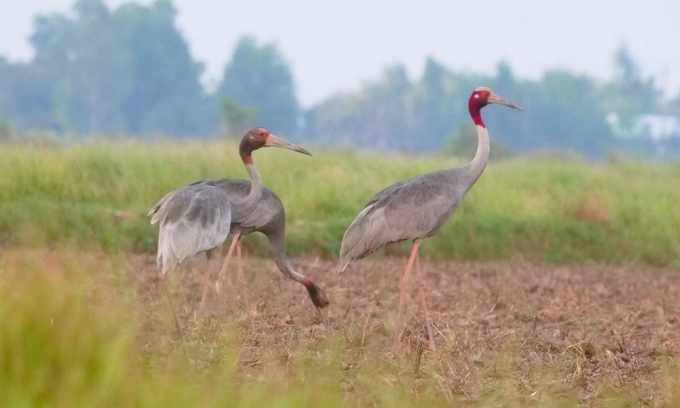
Cranes returned to Phu My Species and Habitat Conservation Area in March 2024. Photo: Lam Quang Ngon.
On the afternoon of April 1, Mr. Lam Hong Tuan, Deputy Director of the Phu My Species and Habitat Conservation Area Management Board, said a flock of red-crowned cranes appeared in the area 4 days ago. Nine cranes parked at the feeding ground, in the buffer zone, near people's rice fields. After one day, they return to feed, then fly back to Anlung Pring Conservation Area (Cambodia), far from 3 km away.
"The red-crowned cranes flew very close, making loud noises. Everyone in the reserve came out to see, and everyone was happy," Mr. Tuan said, saying that a few years ago, the owner of a field near the feeding ground saw a similar flock of cranes flying to the conservation area.
According to Mr. Tuan, the ground where the red-crowned cranes park is considered quiet and abundant in food. Management actively burned the grass two weeks ago to reduce the vegetation layer. The management board promotes propaganda and restricts people from illegally entering the reserve to keep the crane population.
Phu My Species and Habitat Conservation Area is 2,700 hectares wide, established to manage, preserve and exploit grass associated with local traditional crafts. With a wetland ecosystem, this place is a familiar crane migration site.
On March 8, four red-crowned cranes also flew back to Tram Chim National Park (Tam Nong district, Dong Thap province), about 120 km from Phu My reserve, after two years of absence.
Master Nguyen Hoai Bao, Deputy Director of the Wetland Research Center (HCMC University of Natural Sciences), said the dry weather has caused the precious bird to expand its foraging area. In addition, in recent years, farmers have reduced the amount of pesticides in farming, contributing to restoring the ecological environment, which has attracted cranes back to Tram Chim and Phu My.
The red-headed crane is a rare bird in the Vietnam and World Red books. The bird's outstanding features are its featherless head and neck, red color, stripes on its wings and gray tail. Adults are 1.5-1.8 m tall, have a 2.2-2.5 m wingspan, and weigh 8-10 kg. Three-year-old cranes will pair up to breed and take a year to raise their chicks before giving birth to the next litter.
Late last year, Dong Thap approved a crane conservation project to be implemented for 10 years. According to the plan, the province received 60 pairs of cranes from Thailand and then added 40 more cranes. Aftercare and training, they are released into the wild at Tram Chim National Park. Up to now, the cranes have not been brought back to the garden.
According to the International Crane Foundation, there are an estimated 15,000-20,000 red-crowned cranes worldwide, of which 8,000-10,000 are distributed in India, Nepal, and Pakistan. As for the Oriental crane species (mainly Vietnam and Cambodia), since 2014, about 850 red-crowned cranes have been recorded. However, by 2014, there were only 234 cranes, and currently, there are about 160 cranes left.
Translated by Tuan Huy
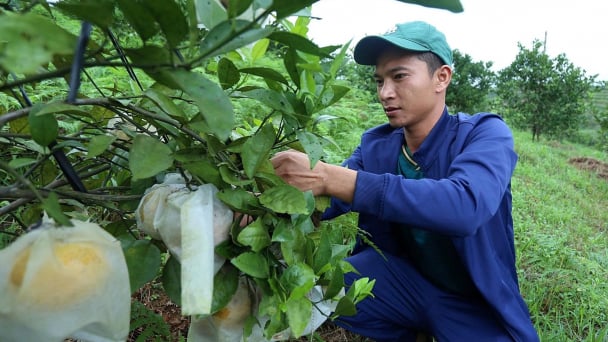
(VAN) Many citrus-growing areas in the North Central region are experiencing severe decline due to pests, poor-quality varieties, and other factors, calling for comprehensive recovery solutions.
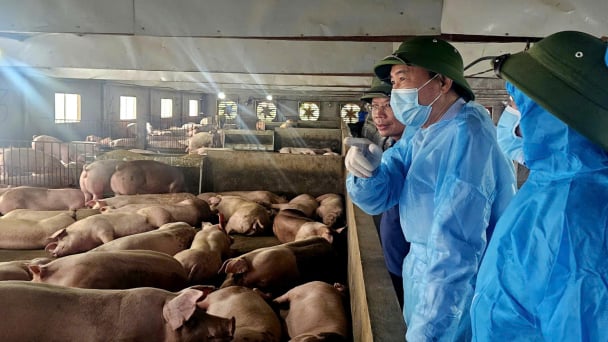
(VAN) During a working session with Phu Tho province on African swine fever prevention and control, Deputy Minister Phung Duc Tien raised concerns about the vaccine and emphasized the need to find a solution.
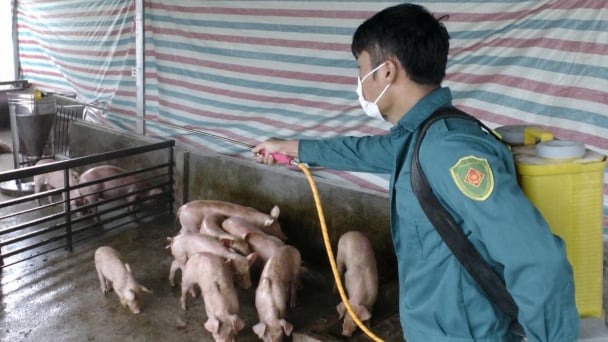
(VAN) Small-scale livestock farming is one of the reasons local veterinary forces find it difficult to prevent and control the spread of African swine fever.
![Golden sea, sustainable vision: [End] Co-management is fisherfolk’s right](https://t.ex-cdn.com/nongnghiepmoitruong.vn/608w/files/content/2025/08/04/z6872967320146_47448d6532da7d10bcf68e4bbb4cf464-173843_322.jpg)
(VAN) Empowering communities and building trust enable fisherfolk to stay with the sea, while creating space for environmental protection, cultural values, and rural development.
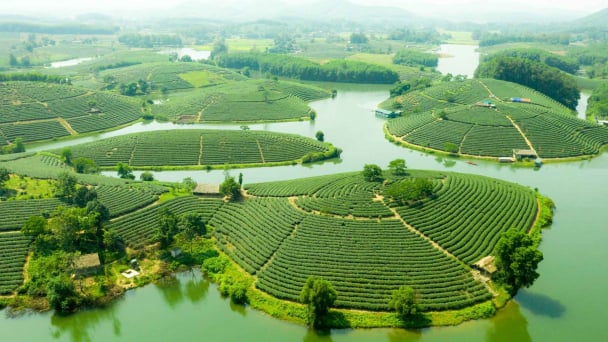
(VAN) Vietnam's tea production now hinges on adopting high-performing varieties, applying specialized cultivation techniques, promoting market-driven production models to improve farmer livelihoods.
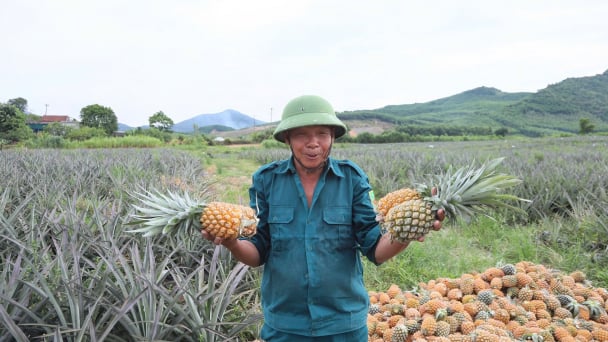
(VAN) Vietnam has considerable room for expansion, particularly as the global pineapple market grows at a stable 5 - 6% annually.
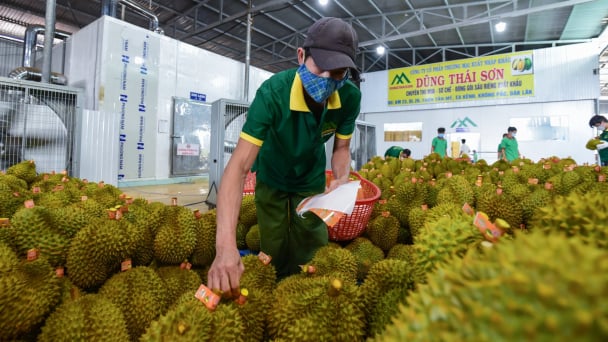
(VAN) Thanks to decisive direction and market expansion, agricultural, forestry, and fishery production has overcome difficulties, increased export value by nearly 15%, and helped stabilize the economy.